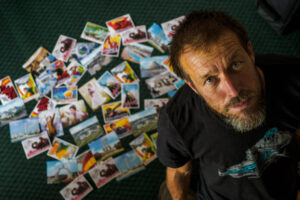Home Story The World’s First Mountain Biking Expedition to North Korea
The World’s First Mountain Biking Expedition to North Korea
Feature type Story
Read time 3 min read
Published Feb 19, 2020
Author Dan Milner
Photographer Dan Milner
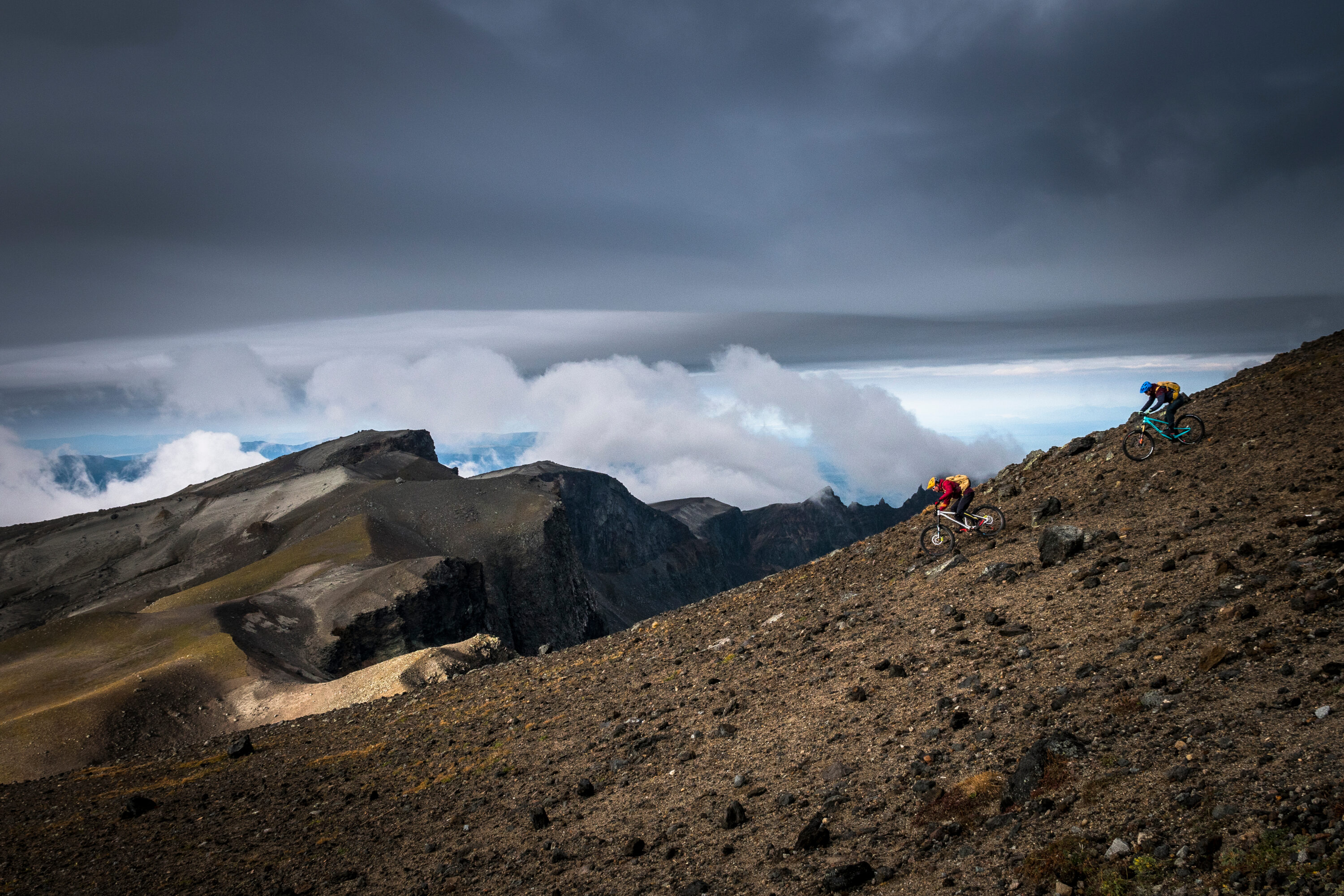
Many were surprised we could go at all, and some said we wouldn’t come back. It was an understandable response to announcing you’re going to North Korea, given the mystery and air of deep suspicion that hangs over the world’s ultimate hermit kingdom. Adding a mountain biking focus to an already edgy trip might appear ambitious at best, or stupid at worst, but there was reason to this two-wheeled madness. We had trails in our sights, but also wanted to see beyond the popular perception of this secretive, virtually unknown country, to look beyond the posturing and sabre-rattling of world leaders and the hyperbole of the press.
Mountain bikes, we hoped, would become the catalyst for experiencing the real North Korea; they might break down barriers and open up conversations with locals, just as they have done in so many other remote places I’ve ridden, from Nepal to Afghanistan. Teaming up with Secret Compass’ logistics guru Tom Bodkin, and pro-riders Harald Philipp and Max Schumann, we considered possibilities and followed leads on trail locations. After a year of caffeine-fuelled evenings spent deciphering Google Earth’s simplistic depiction of North Korea’s steep, rugged volcanic mountains, we finally landed in Pyongyang — with four mountain bikes in tow.
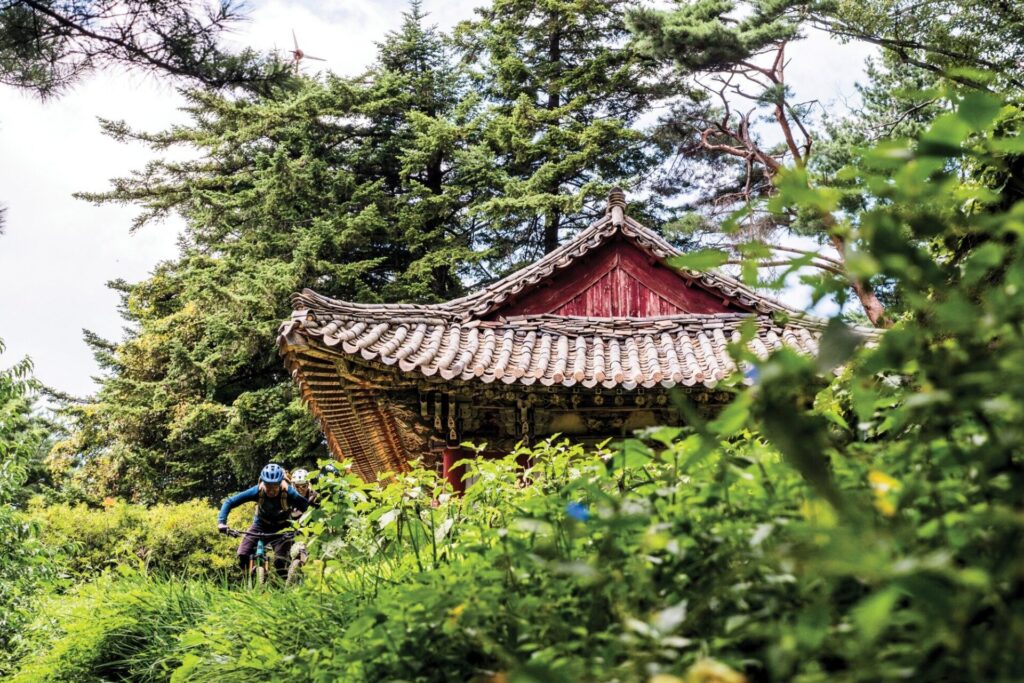
The DPRK has a strong history of Buddhism, and we rode past many monasteries and pagodas – some of them 1000 years old. Many were decimated by US bombing raids during the Korean War, but have since been renovated. The caretaker at this monastery, on the flanks of Mount Myohyang, emerged to wave as we rode past and offered us apples from his tree.
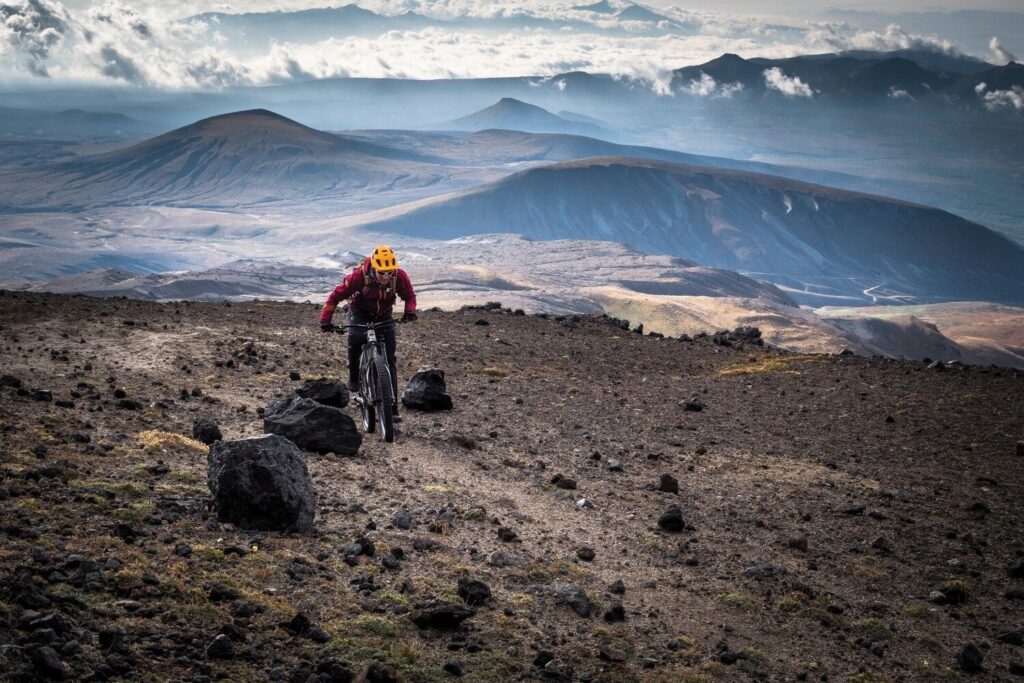
Harald Philipp climbs a trail on the flanks of Mount Paektu. Winter temperatures here can fall to a biting -50C, and depictions of Paektu’s raging winter blizzards and harsh landscape are commonly used in propaganda to project the strength of the DPRK (The ‘Democratic People’s Republic of Korea’, as North Korea calls itself). The DPRK’s leaders have historically delivered speeches from the summit of Mount Paektu.
We had trails in our sights, but we also wanted to see beyond the popular perception of this secretive, virtually unknown country
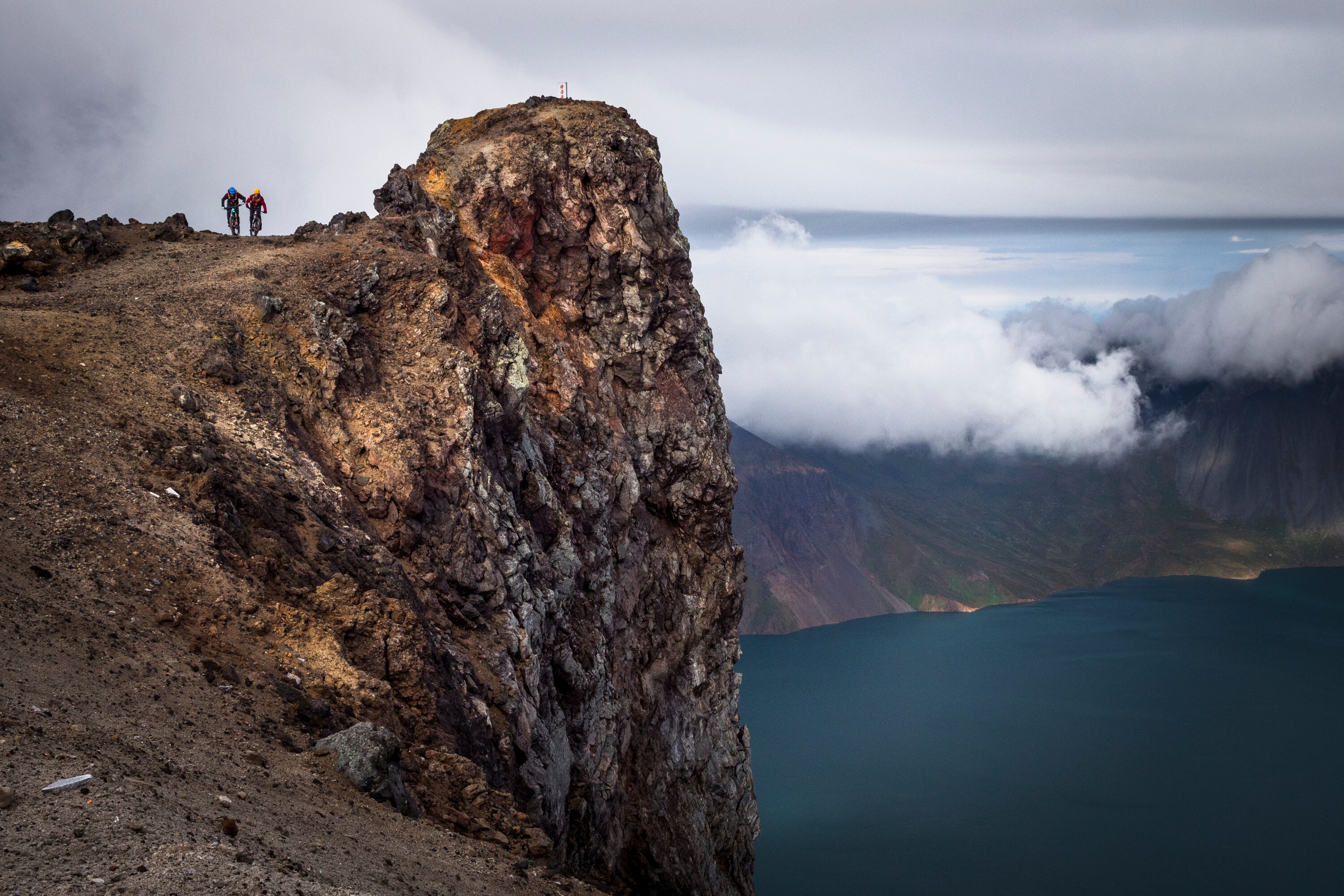
After eight days of feeling dehydrated and overheated, I’ve been craving a river like this so strongly that I’m genuinely worried it may be a mirage
The Berber people live in the Atlas as a result of a difficult, ancient history. Their ancestors were forced to flee into the mountains when the first Mohammedan Arabs arrived in the 7th Century AD, led by the warrior General Uqba ibn Nafi during the Arab conquest of the Mahgreb region.rnrnIt seems that the Berbers haven’t learned to love these mountains yet, seeing only inhospitable terrain where I see the potential for running and freedom. Soon, though, I’m filled with the joy of pure isolation. Being a woman travelling alone in North Africa can be an exhausting and, at times, frightening experience. I’m grateful for the silence and emptiness of the mountains.rnrnWith little chance of seeing anyone else, I can take my long-sleeved shirt off and run a little cooler for a while. In all honesty, I wouldn’t be seen running in my sports bra even in a Western country. The mountains don’t care if you’re male or female, religious or an atheist, dressed in the latest gear or not dressed at all. Yet it saddens me that the people living below this particular mountain have yet to experience the freedom I am relishing.rnrnFrom the top of the pass, I can take in the view in all directions. With no decent maps of this wild terrain, I am often navigating the old-fashioned way by simply looking at the landscape ahead of me and picking the best line. The Atlas lend themselves easily to this practice. There are seemingly endless clear skies, and the dry, red, rocky hills allow their hidden goat tracks to be easily seen from a higher elevation. I’m almost not bothering to look at the GPS, and instead stay on a compass bearing heading west, simply following the trails that I spot from the top of each climb.
North Koreans are generally quite reserved, but Ri Un-Hyo descended into fits of laughter during our guided tour of the birthplace of Kim Jong-Il, the second Supreme Leader of North Korea
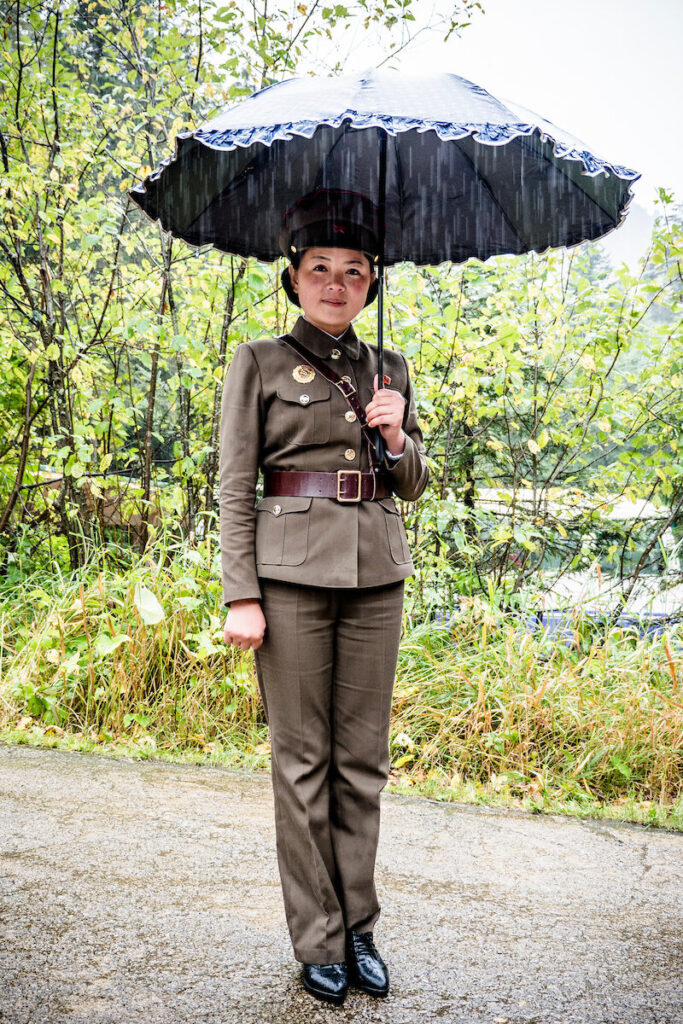
Ri Un-Hyo, a DKPR Army tour guide, greets us at the birthplace of Kim Jong-Il. The North Koreans are very image-conscious and are generally quite reserved with visitors, but Ri herself descended into fits of laughter during the guided tour when we cracked some slapstick humour.

Like all other foreigners, we had to use a North Korean tour company to arrange our in-country logistics. Our accommodation ranged from family homestays and 3-star hotels in Pyongyang and Myohyang to the only tourist hotel in Samjiyong, near Mount Paektu. This old hotel with its creaking floorboards and vast, icy entrance lobby reminded us of the Stanley Hotel in The Shining. Its plumbing gurgled menacingly, and each room came equipped with an old CRT television and an ancient fridge. We shared its dining room with perhaps 60 other foreigners, all there on the same stopover to visit Paektu.

Going to North Korea was always going to be contentious, and it made funding this trip harder. With only half our total costs covered, we launched a crowd funder, offering postcards from North Korea as a reward. We sent 51 postcards, and finding them was an interesting activity in itself. They ranged from political illustrations to scenes of urban architecture; the most bizarre simply featured people gathered in a conference centre.
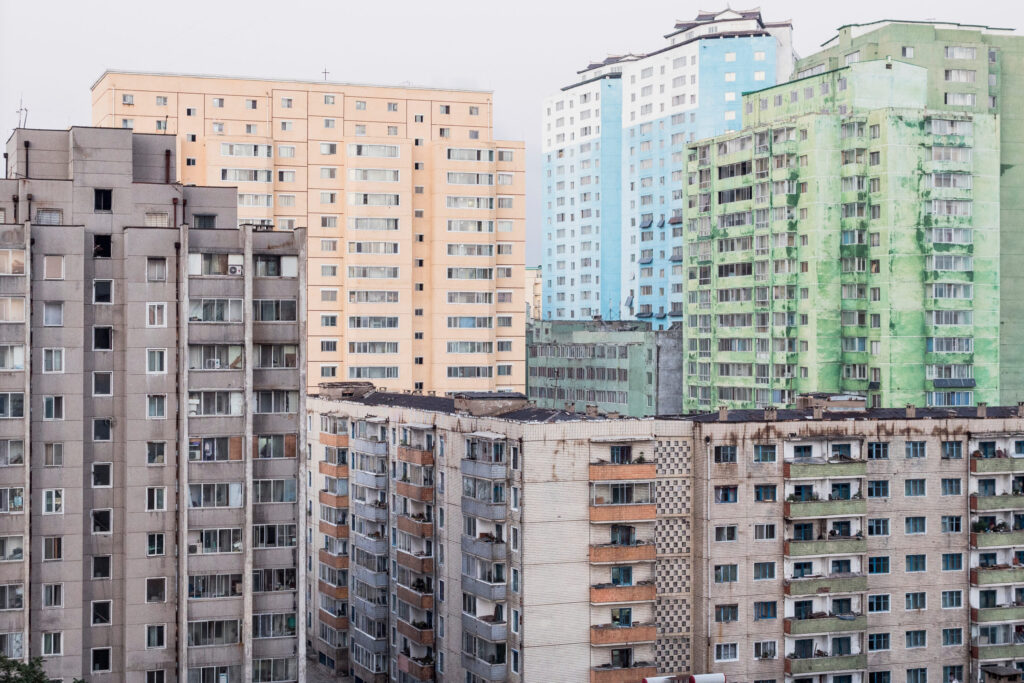
Derelict and crumbling (but nonetheless inhabited) towerblocks in downtown Pyongyang. The North Korean capital is reported to have a population of over 3 million.
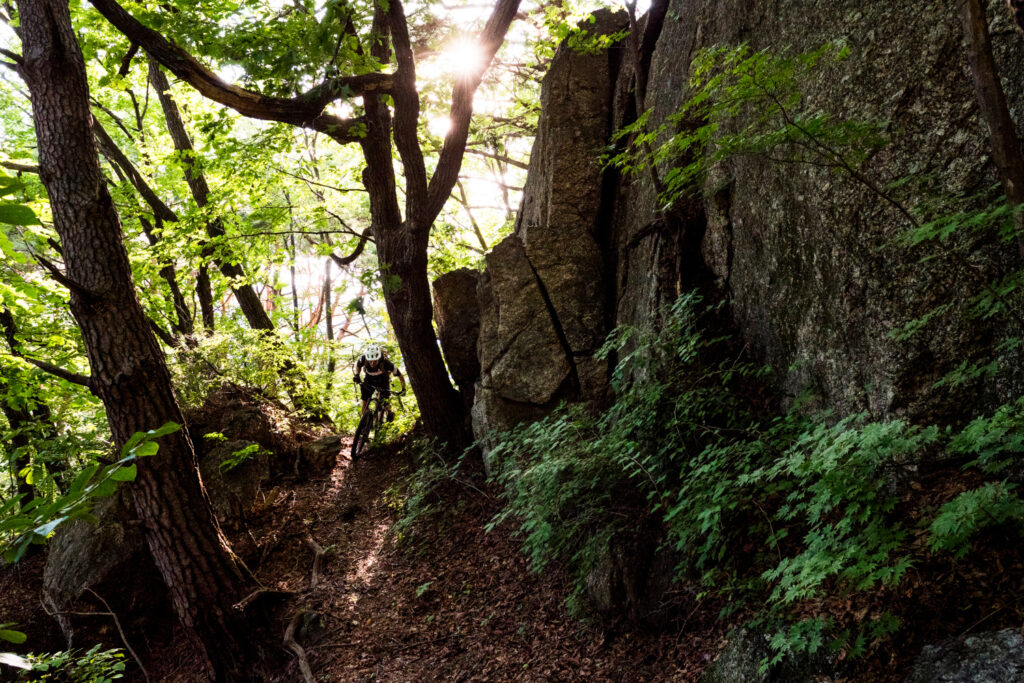
Knowing that Myohyang’s UNESCO World Heritage forest harboured many hiking trails, we planned four days here, but found most of trails incredibly ambitious for mountain bikes. Mountain biking was our excuse to go and see inside North Korea, and although much of the riding was frustrating, we saw any good riding opportunities that came our way as a bonus. Carrying our bikes up Myohyang opened up many interactions with locals, who snapped photos and filmed us with their smartphones.
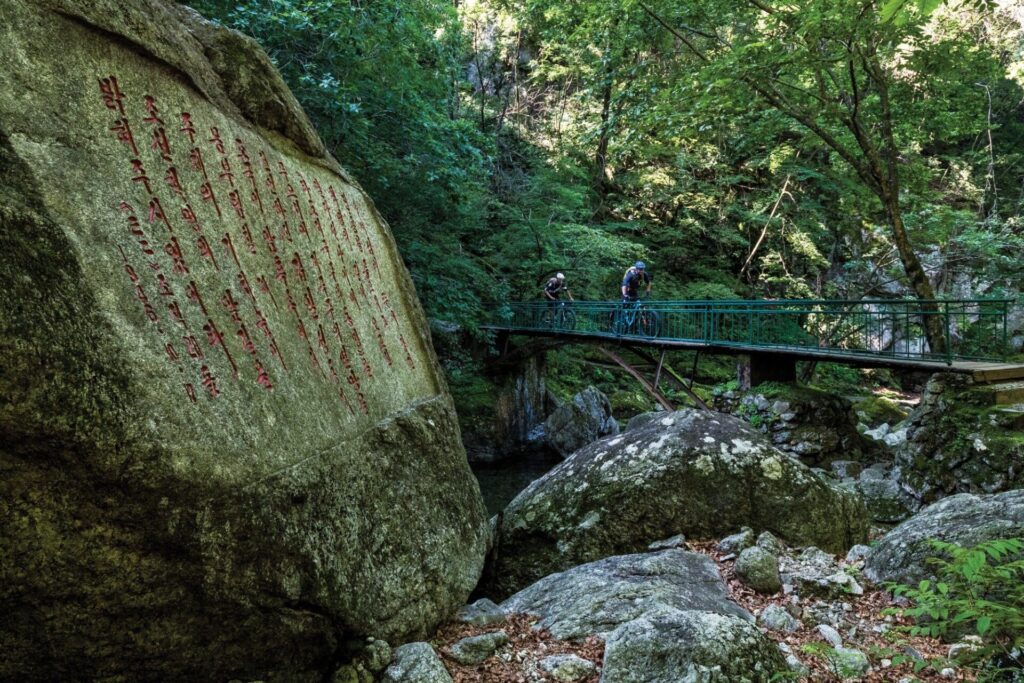
A stone tablet of DPRK propaganda greets Max and Harald as they cross a bridge over one of the many steep gorges that slash down the sides of Mount Myohyang. We expected to see plenty of propaganda in Pyongyang, but it came as a surprise deep in the forest. Here, verses extolling the virtues of the DPRK, often hand-chiselled into rocks, punctuate the popular hiking paths. This one celebrates the defeat of the Japanese occupation of Korea in 1945. The Japanese rule of Korea began in 1910 and ended at the conclusion of World War II in 1945, when U.S. and Soviet forces captured the peninsula.
This article first appeared in BASE issue #01, read the full issue online here. Be sure to subscribe for every issue delivered direct to your inbox for free.
Don’t miss a single adventure
Sign up to our free newsletter and get a weekly BASE hit to your inbox
Other posts by this author
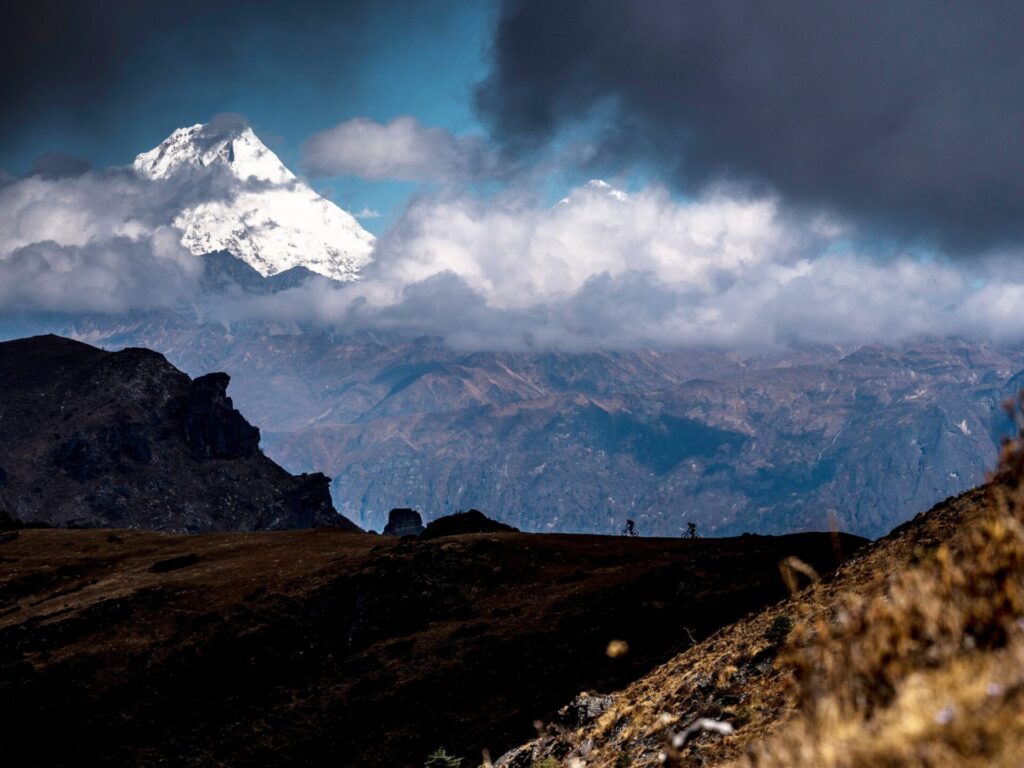
Story • Dan Milner • Nov 23, 2021
Switchbacks Of The Thunder Dragon
Mountain biking the forgotten foothills of the Bhutanese Himalaya
You might also like
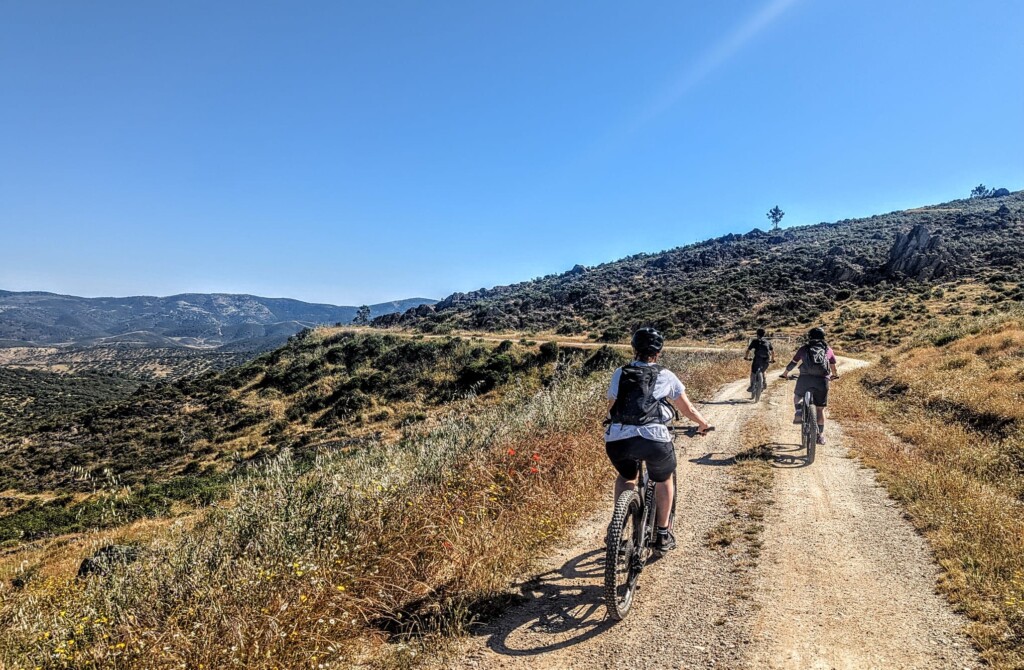
Story • Matthew Pink • May 30, 2025
Smuggler lanes and donkey trails: e-MTB in Andalusia
Hazy days zig-zagging the Andalusian sierra through a mesh of secret trails
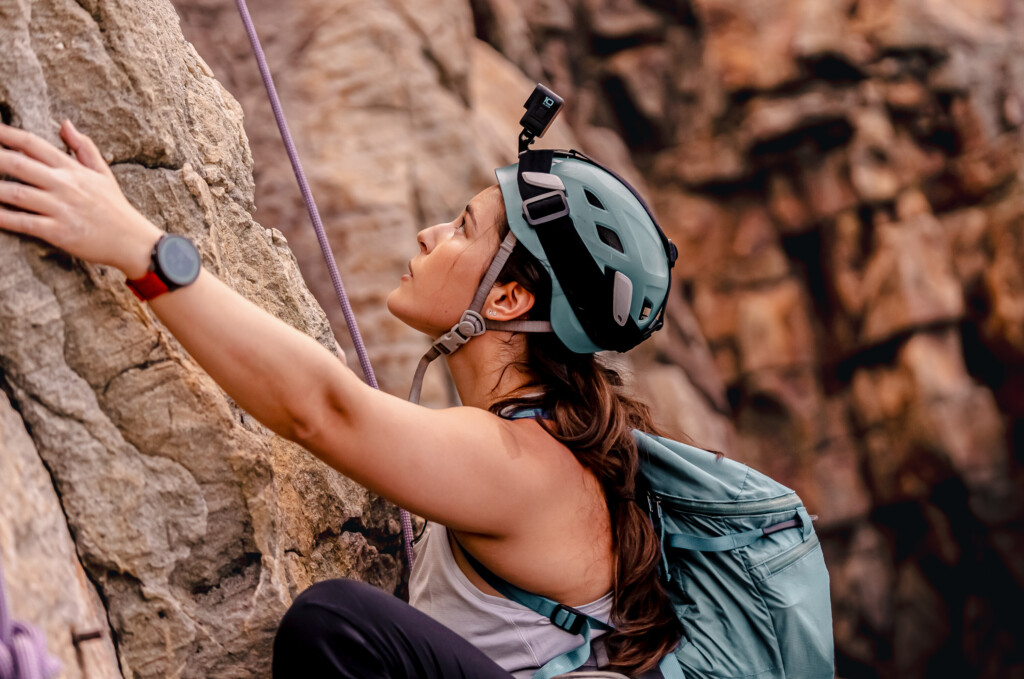
Photo Essay • BASE editorial team • Mar 18, 2024
Hunting happiness through adventure in Taiwan
BASE teams up with adventurer Sofia Jin to explore the best of Taiwan's underrated adventure scene.
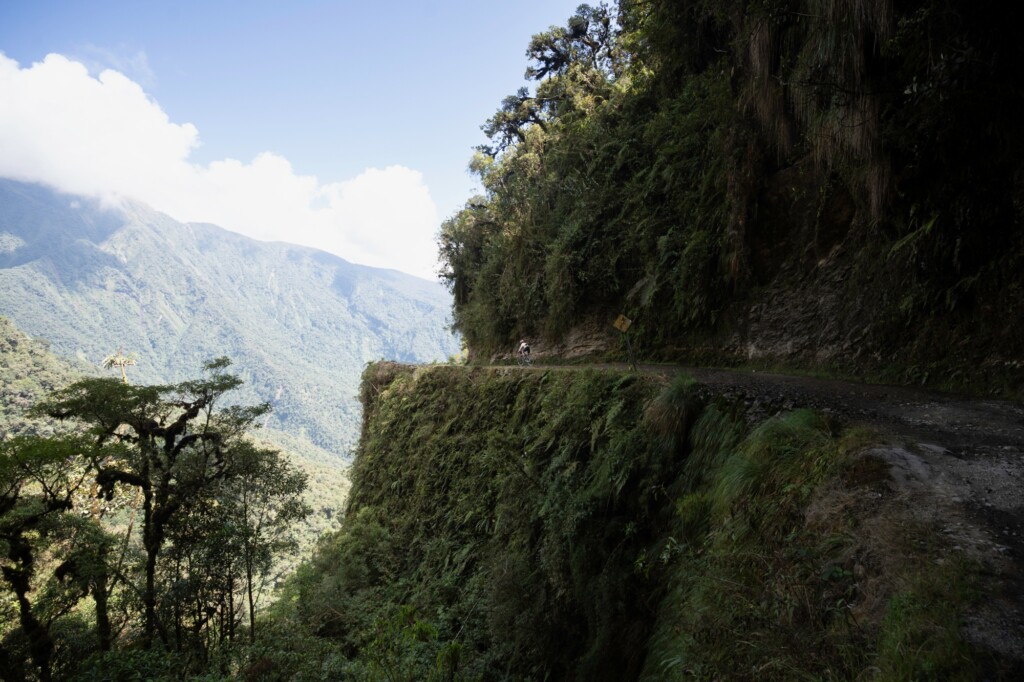
Story • Chris Hunt • May 05, 2023
Life-affirming discoveries near Bolivia’s Death Road
Sami Sauri explores the winding gravel tracks of the Yungas surrounding La Paz, Bolivia

